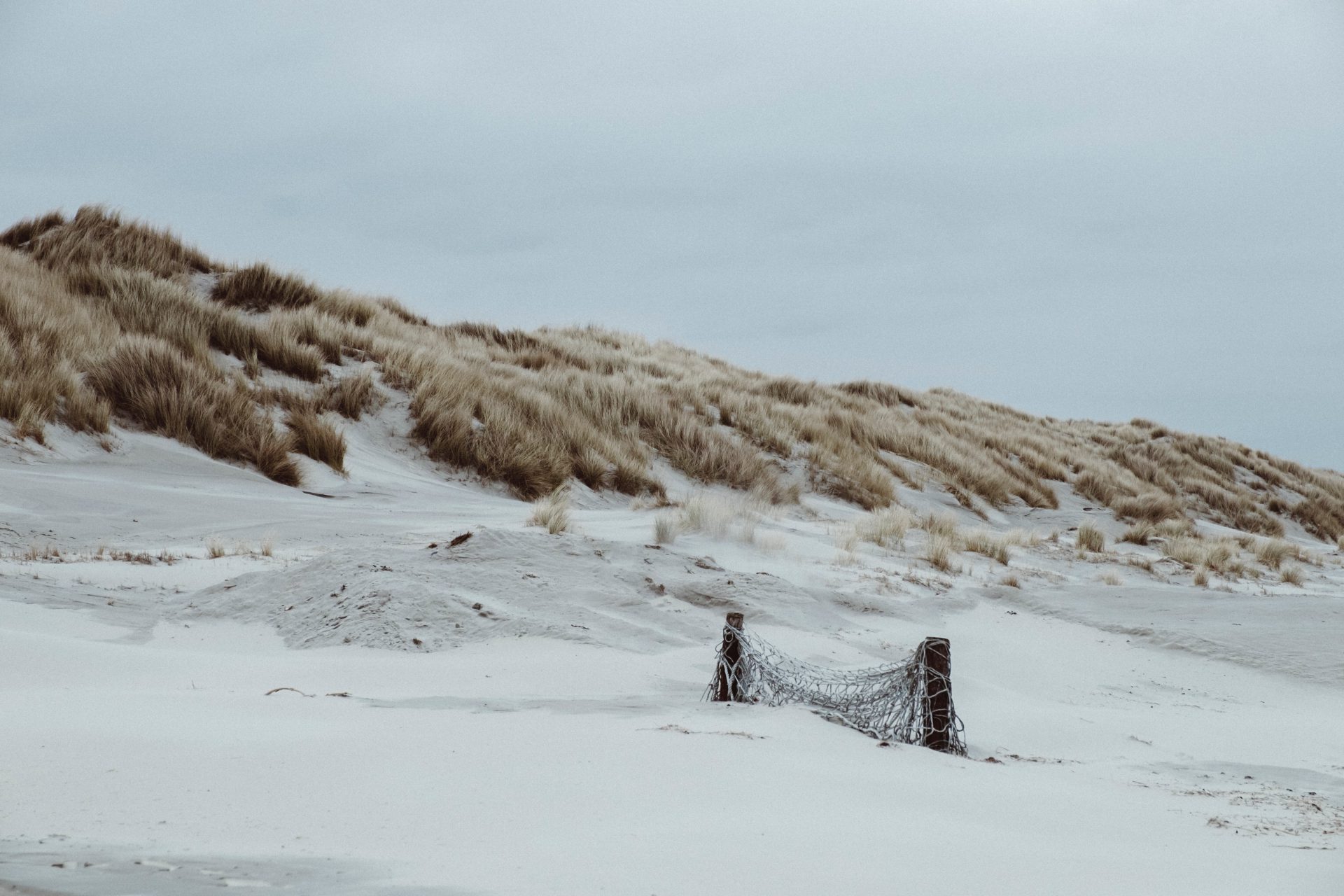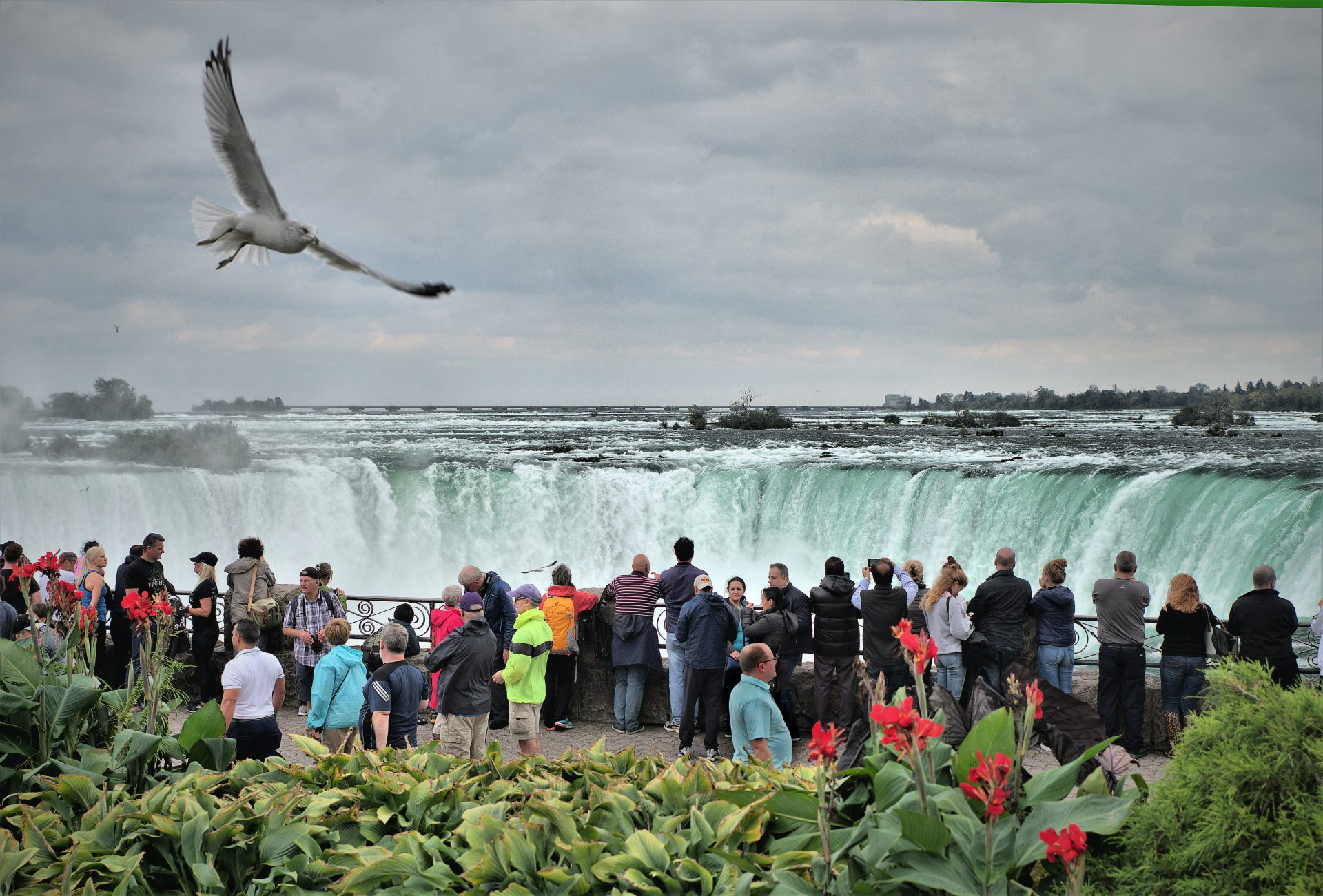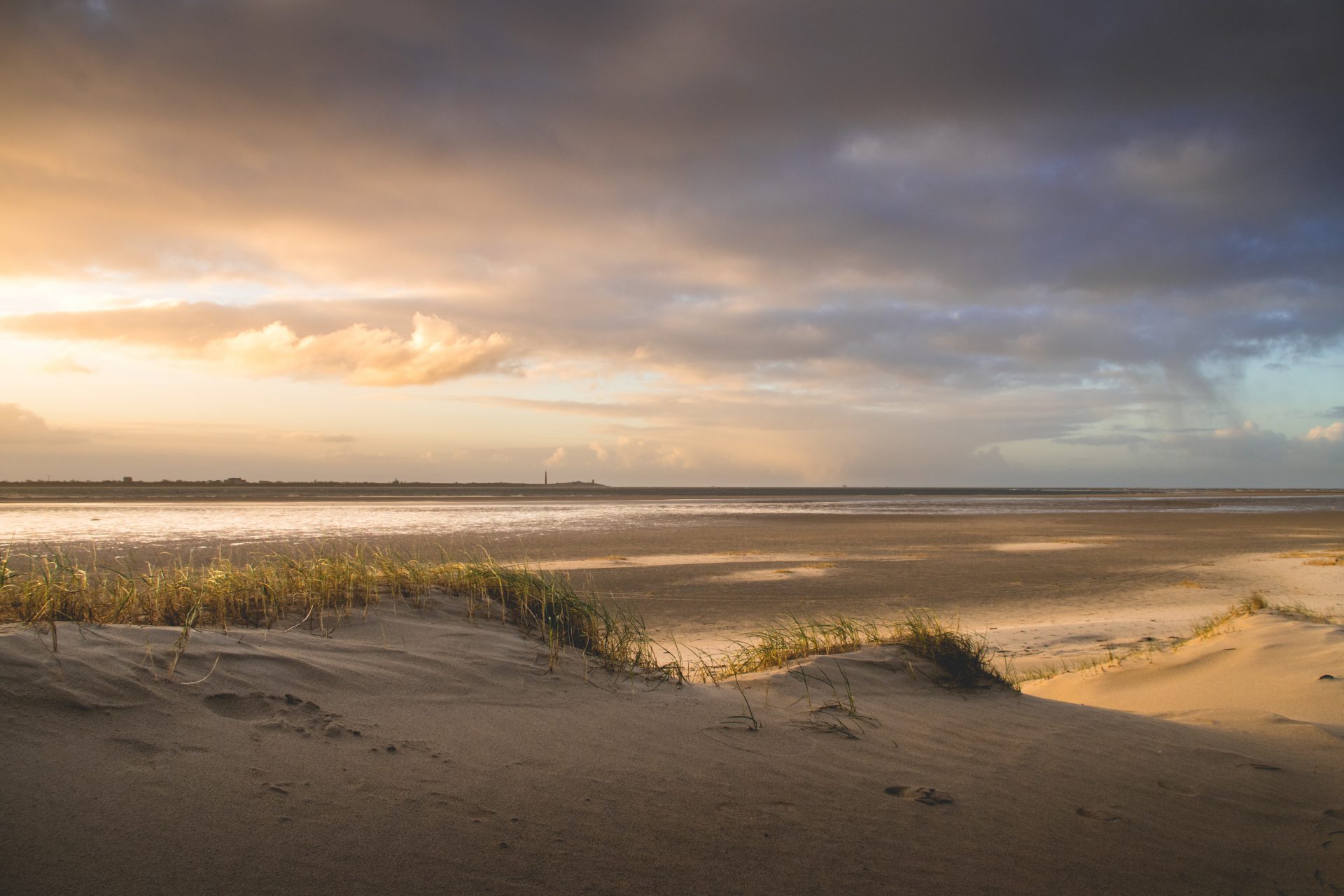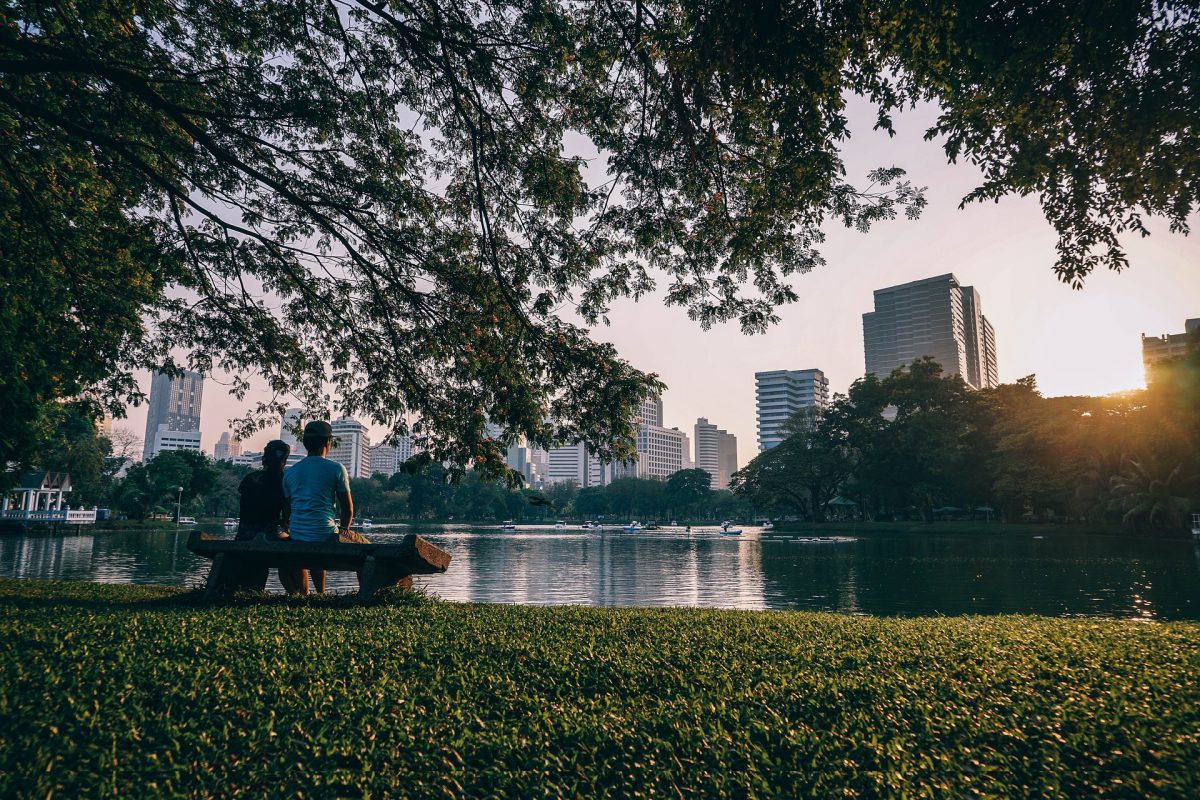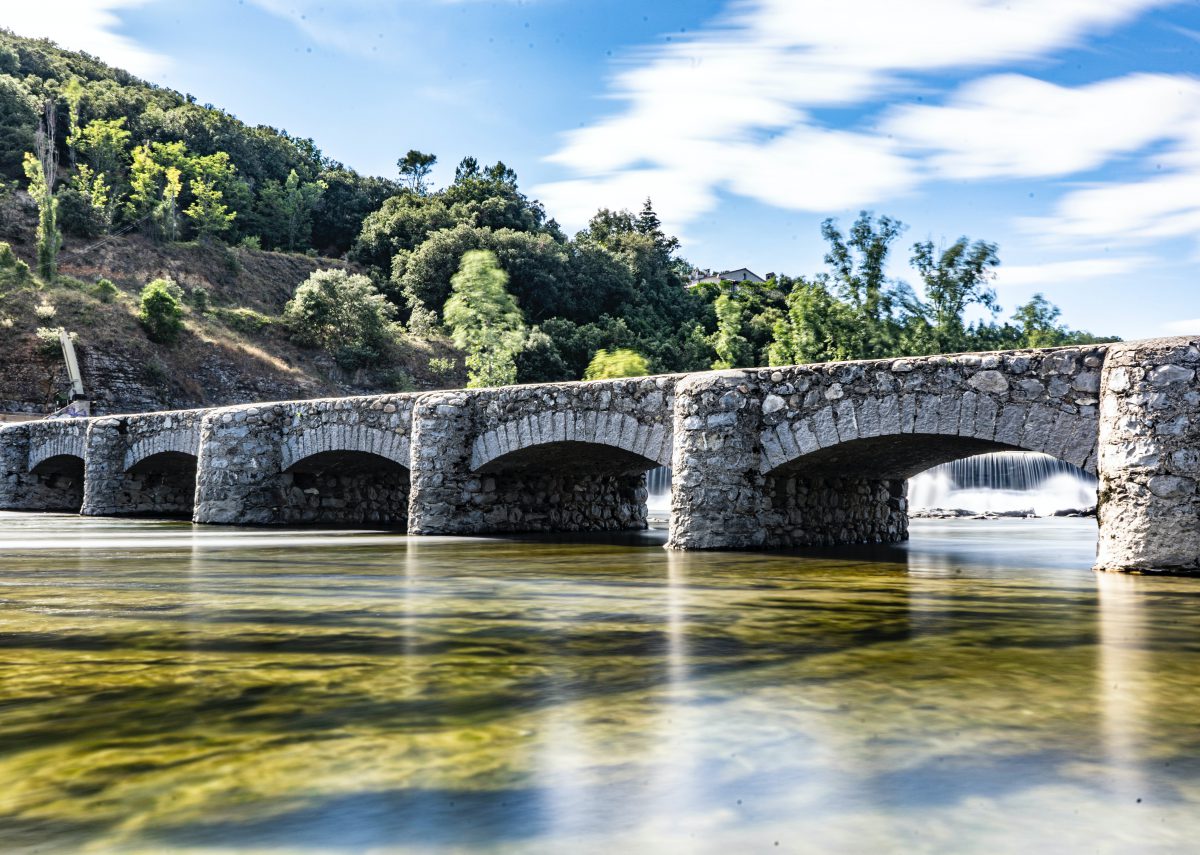How could we plan for urban greenspace that is beneficial for all?
In my previous blog about the importance and future of urban greenspace, I reflected on the importance of urban greenspace to quality of life for all. In this blog I will give four recommendations on how regions, cities or villages in the Netherlands can make greenspace beneficial for all.
1. Connecting large nature networks to urban greenspace: biodiversity
In the last decades, many Natura 2000 areas in Europe have been interconnected through green and blue corridors in order to make it possible for flora and fauna to migrate from one to another nature area. These connections contribute to an enrichment of biodiversity. Species can migrate, reproduce, and find food, contributing to a healthier and more resilient nature. There have been initiatives to connect the national and international nature network with regional and local green parks as well. This expansion of the nature network has many advantages. It would have positive effects on biodiversity in cities. New nature connections make it easier for all kinds of small wildlife to survive in our urbanised society. And as we know, without bees and other insects humanity too will have problems surviving.
2. Connecting large nature networks to urban greenspace: sustainable leisure
For humans these new corridors offer new opportunities as well. New attractive recreational routes could be developed for environmentally friendly recreation such as cycling, walking, running, horse riding, supping, and canoeing. In the Netherlands, we do not have the right to roam, so it is often difficult to find a short round-route from home. Especially if you are looking for an attractive round-route that takes you from an urban to a rural or natural environment within one to two hours. During the pandemic it was noticeable that many people had to take the car to get into nature. Thus, by creating small-scale nature networks at local and regional level which connect urban green with the countryside and protected areas, it will not only enrich biodiversity in cities but will also have many benefits for urban residents, and contribute to sustainable leisure.
3. Nearby green: for whom?
In my PhD research, I found that for nature lovers (predominantly 50+, highly educated, members of a nature organization, and frequent visitors of protected areas), seeing wildlife confirms their strong bond with nature. Nature already plays an important role in their lifestyle. They take the time and effort to travel long distances to green places further from home. However, how to connect other people than nature lovers with nature? People with leisure constraints, no time, money, or other resources to travel further away? I found that for a broad public (35+, all educational levels, males and females, people with children), experiencing ordinary wildlife near home can contribute to a personal bond with green places. Especially the familiarity of wildlife can form an affective bond with the local green place. In 2007 Wolch called for “Bringing wildlife and flora back into the places where the majority of people live” to reconnect humans with nature, and design healthy and resilient living environments. Planning for accessible local green places where people can enjoy ordinary wildlife and flora can make “nature’s cure” available to all and contribute to environmental justice. Local nature activities can increase the bond with local green places and connect more, and especially people from different backgrounds, with nature.
4. Urban leisure and tourism futures: biophilic cities?
The design of cities that love nature is a trend in urban planning that is gaining more and more attention. A biophilic city is designed, planned and managed around nature. It “recognizes the essential need for daily human contact with nature as well as the many environmental and economic values by nature and natural systems”. Urban green combats air pollution, reduces noice, moderates temperatures, catches surplus rainwater, and provides food. In combination with the increased importance of creating attractive urban living environments where people can rest, relax, reflect, and restore, biophilic cities – which aim to offer quality of life for all – can be regarded as the cities of the future.
For more information, or if you like our support to work out a recreational & nature network plan for your own region, city, or village, contact Akke Folmer.
1 å
